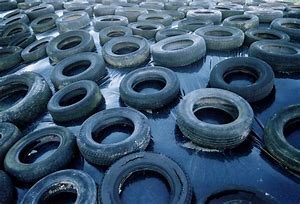Corn silage is a staple food for livestock. Therefore, if you have a large farm where you practice your livestock farming business, you should consider planting corn as part of your investment. Corn is the best source of quality silage, and by making such an investment, you will never regret as the returns are high. However, making silage corn is not as easy as it may sound. There are many things you must consider as a farmer to ensure that you end up with quality silage.
First, you must ensure that you harvest the corn at the right stage. It should be a few weeks after flowering. This stage is where the corn is highly nutritious and with such quality silage, you can be sure to increase your livestock production.
Besides knowing the right time to harvest, you should also see the importance of mechanisation in the whole process. If you have a large plantation of corn, then gathering the corn manually and making silage manually (cutting the small pieces) is not only expensive but also impractical. Therefore, before your corn matures, you need to consider your options and in this case is to mechanise the whole process. If you don’t have the right machinery, you can always hire them from other farmers or business people who offer such services. For large-scale farmers, one should get a harvester, corn cutter, transport, and packaging equipment. There is also machinery that combines the harvesting and corn cutting which makes the whole process easier, faster, and more affordable.
Once you have the machinery needed in place, the next thing is to think of how you will preserve your silage. In this case, you have two options. You can either use the silage pits or use silage film/cover. The silage pit is a traditional method, but you can modernise it whereby you use a silage cover. Both ways are useful, but the use of silage film is better since you do not have to dig a hole. All you need is spread a silage film on the ground, pour and squeeze the silage to ensure that it is airtight and the cover using silage film. After covering, you need to put weight above the silage film to minimise the chances of wind damage. In this case, you can use used tires as they cannot tear the silage covers.
 However, before applying the silage film, ensure that it is of high quality with unique features such as being UV stable, waterproof, tear-resistant, and so on. This way, you can be sure that there will be no instances of weather damage and so you will end up with high-quality silage.
However, before applying the silage film, ensure that it is of high quality with unique features such as being UV stable, waterproof, tear-resistant, and so on. This way, you can be sure that there will be no instances of weather damage and so you will end up with high-quality silage.
